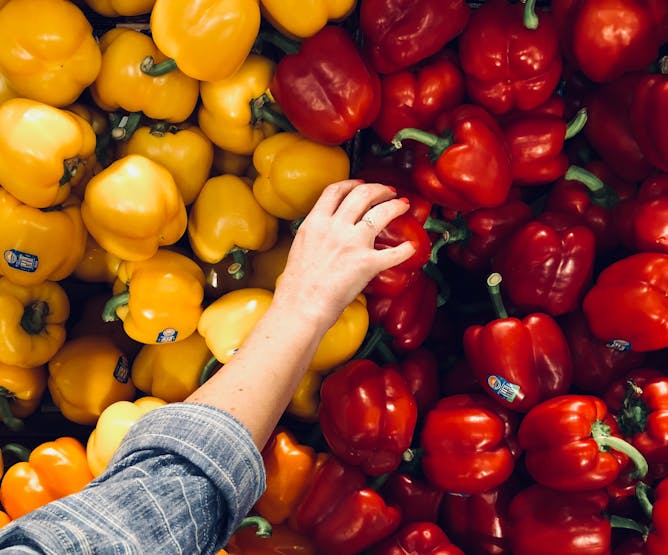|
The big news on the weekend was the U.S. Senate’s confirmation of Brett Kavanaugh to the Supreme Court. It was the end of a long, bitter and divisive process that will be have a lasting impact on U.S. politics. Today in The Conversation Canada, Heidi Matthews of York University’s Osgoode Hall Law School looks at what went wrong with the Kavanaugh hearings, both legally and politically.
A society divided along political lines often has trust issues with public institutions. Jordan Richard Schoenherr of Carleton University looks at how a peaceful society requires us to trust our public institutions, but in order to do so, we must question them.
And finally…Quebec Premier Philippe Couillard made headlines during the recent provincial election when he said a family of three could feed themselves on $75 a week. Perhaps that’s one of the reasons Couillard lost. Tiff-Annie Kenny of the University of Ottawa explains that when it comes to healthy eating, disadvantaged groups are constrained by their economic, material and social circumstances.
Regards,
|

Activists demonstrate in front of the Supreme Court to protest the confirmation vote of Supreme Court nominee Brett Kavanaugh.
(AP Photo/Alex Brandon)
Heidi Matthews, York University, Canada
The bitterly contested hearings to confirm Brett Kavanaugh as the newest justice to the U.S. Supreme Court were more of a show trial than a legal procedure.
|

A man tries to get his dog out of a flooded neighbourhood in Lumberton, N.C., in September 2018 in the aftermath of hurricane Florence. Many people opted to ignore evacuation warnings, suggesting a distrust of authorities.
(AP Photo/Gerry Broome)
Jordan Richard Schoenherr, Carleton University
A peaceful society requires us to trust our public institutions, but in order to do so, we must question them. Questions are a healthy and necessary response to a world filled with uncertainty.
|

The apparent higher costs of healthy foods like fresh produce compared to fatty, starchy foods is thought to have have contributed to food insecurity in Canada. But is there more at play than just cost?
Sydney Rae/Unsplash
Tiff-Annie Kenny, University of Ottawa
Although nutritious, inexpensive food options do exist for low-income Canadians, whether those foods are easily accessible or feasible has long evaded both nutrition researchers and politicians.
|
Culture + Society
|
-
Peter C. Mancall, University of Southern California – Dornsife College of Letters, Arts and Sciences
Christopher Columbus' 1492 voyage was really a journey into the unknown. Centuries of conventional wisdom had conditioned him to believe that bizarre beasts and 'monstrous men' would be awaiting him.
|
|
Environment + Energy
|
-
Keith Shine, University of Reading
Limiting human-induced warming will be tough, given where we start from.
|
|
Science + Technology
|
-
Pauline Salis, Sorbonne Université; Bruno Frédérich, Université de Liège; Vincent Laudet, Sorbonne Université
Our children all know the little clownfish Nemo, star of the Pixar film. But why does he have three stripes, rather than one or two? Developmental and evolutionary biology are revealing the answer.
|
|